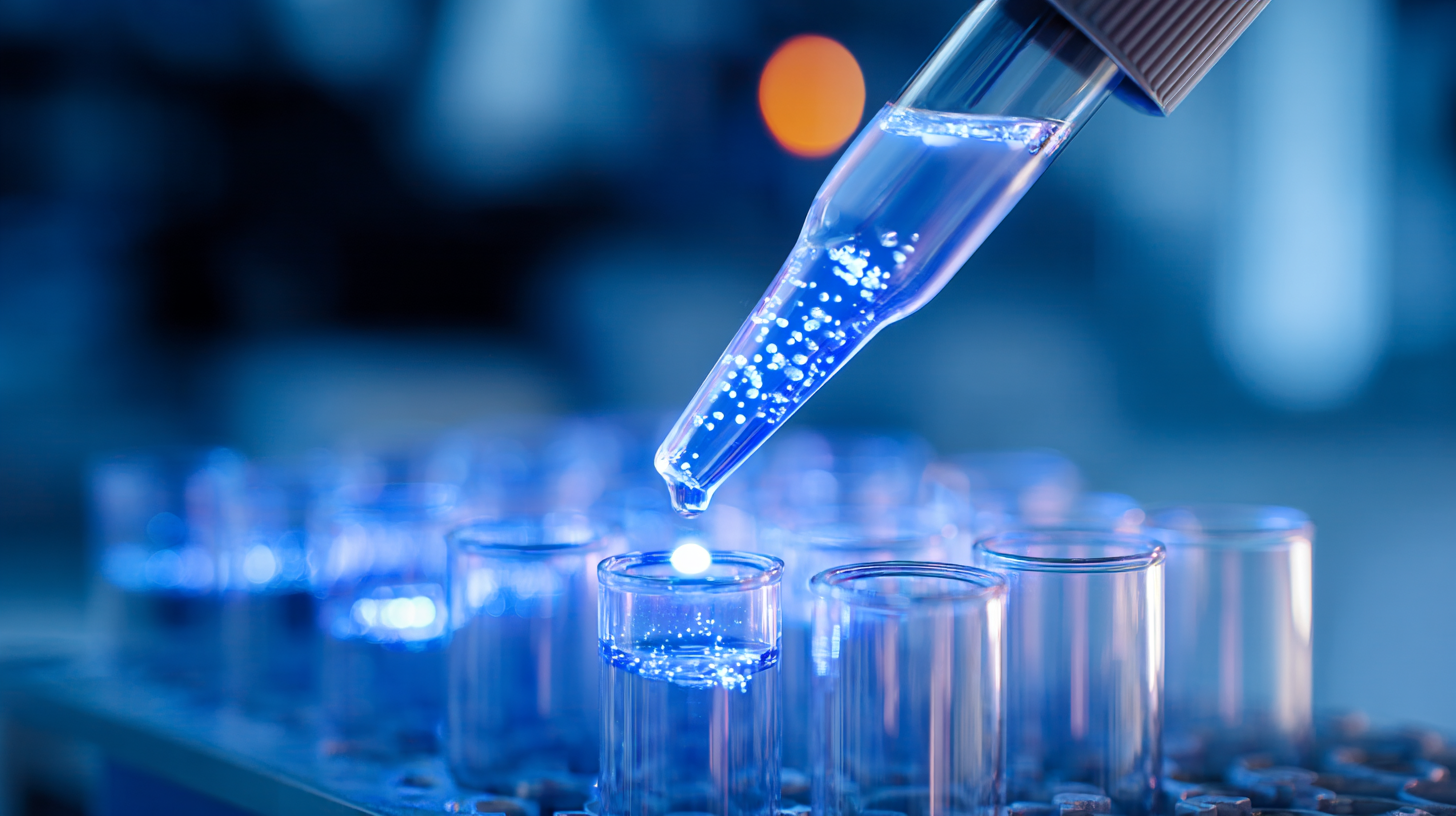In the realm of vinyl applications, precision and efficiency are paramount, particularly when it comes to PPF cutting data. As the demand for high-quality, precise graphics and vehicle wraps continues to rise, understanding the intricacies of PPF cutting data becomes essential for professionals seeking to enhance their skills and improve outcomes. This guide delves into five key insights that can significantly transform your approach to PPF cutting, focusing on how to maximize accuracy and streamline processes.

By leveraging advanced techniques and understanding best practices, users can achieve remarkable results in their vinyl projects. Whether you are a seasoned installer or just starting, mastering PPF cutting data will empower you to elevate your work to new heights, ensuring that every cut is as precise and efficient as possible.
In the realm of Paint Protection Film (PPF) cutting, understanding the optimal blade angles is crucial for achieving precision and efficiency in vinyl applications. Blade angle affects how the material interacts with the cutting surface, influencing the quality of the cut and the ease of application. A sharper blade angle can facilitate cleaner edges, while a blunter angle may increase the risk of tearing or improper adhesion. Thus, evaluating and adjusting blade angles according to specific material types is fundamental for optimal performance.
Moreover, key metric analysis can illuminate best practices for blade settings based on various PPF applications. For instance, utilizing advanced cutting technologies can provide real-time data on pressure, speed, and angle, enabling operators to make informed adjustments that maximize yield while minimizing waste. By consistently reviewing these metrics, manufacturers can refine their processes, ensuring high-quality finishes that meet customer expectations. Understanding these variable dynamics, particularly blade angles, allows for significant improvements in workflow efficiency and output quality in the competitive field of PPF cutting.

In the realm of vinyl applications, understanding the relationship between cutting speed and material type is crucial for achieving optimal results. Data-driven insights reveal that different materials—be it PVC, polyurethane, or specialty films—exhibit unique characteristics that influence how they respond to varying cutting speeds. For instance, while faster cutting speeds may enhance efficiency, they can also lead to issues like edge fraying or incomplete cuts on certain materials. Analyzing the interaction between these variables allows operators to fine-tune their approaches for maximum output.
Moreover, leveraging cutting data helps in identifying the sweet spot for speed adjustments specific to each material type. For example, softer materials may benefit from a slower, more controlled cutting pace, which ensures precision without compromising the integrity of the vinyl. Conversely, more rigid materials can often withstand faster cuts without adverse effects. By systematically evaluating these dynamics through data analysis, manufacturers can implement more efficient cutting strategies that not only increase productivity but also enhance the quality of the final product.
In the realm of vinyl cutting, precision is paramount for achieving high-quality results. Several factors influence the accuracy of PPF (Polymer Protective Film) cutting, including blade sharpness, feed rate, and material quality. According to a report by the American Society for Testing and Materials (ASTM), an optimal blade condition can reduce cutting errors by up to 25%. Regular maintenance of cutting blades not only ensures precision but also prolongs their lifespan, minimizing overall operational costs.
Moreover, the feed rate is crucial for maintaining uniformity in cuts. A study published by the International Vinyl Association indicates that a controlled feed rate of 0.5 inches per second can enhance cutting accuracy, especially in intricate designs. Additionally, using high-quality vinyl materials, which meet industry standards, significantly decreases the likelihood of tearing or misalignment, further contributing to overall efficiency. Understanding these factors and adhering to established industry standards can immensely elevate the quality of vinyl applications, yielding professional-grade outcomes that satisfy even the most discerning clients.
| Insight | Description | Impact on Precision (%) | Efficiency Improvement (%) |
|---|---|---|---|
| Material Quality | Using high-grade vinyl enhances accuracy and reduces defects. | 90 | 25 |
| Cutting Equipment | Investing in precision cutters is crucial for optimal performance. | 85 | 30 |
| Operator Training | Skilled operators are essential for reducing waste and errors. | 80 | 20 |
| Software Integration | Advanced design software can optimize cutting paths and reduce material usage. | 75 | 35 |
| Maintenance Practices | Regular maintenance of equipment ensures consistent performance and quality. | 88 | 15 |
The complexity of design plays a crucial role in determining the cutting time and quality outcomes in Paint Protection Film (PPF) applications. As designs become more intricate, the cutting process must accommodate additional variables, which can significantly extend the time required to achieve precise cuts. Complicated shapes and patterns demand greater attention to detail and often require advanced machinery capable of executing delicate operations without compromising accuracy. As a result, those engaged in PPF cutting must balance artistic demands with operational efficiency, ensuring that time spent on complex designs does not detract from overall productivity.
Moreover, the quality of the final product is directly linked to the design complexity. When intricate designs are rushed or inadequately executed, the end result can suffer, leading to poor adhesion, visible misalignments, or even material waste. By investing time in proper set-up and strategic planning, professionals can streamline the cutting process, mitigating delays while enhancing the aesthetic and functional attributes of the PPF. Ultimately, understanding how design complexity affects both cutting time and quality outcomes empowers practitioners to approach vinyl applications with a more informed perspective, fostering a synergy between creativity and technical execution.

In the realm of vinyl applications, advanced software solutions play a pivotal role in maximizing cutting precision and efficiency. Utilizing data analytics, these sophisticated tools analyze production patterns and material characteristics, leading to more informed decision-making during the cutting process. By harnessing real-time data, operators can adjust settings and techniques, reducing waste and ensuring that each cut meets the exact specifications required for a project.
Furthermore, the integration of machine learning algorithms enhances the capabilities of these software solutions. By continuously learning from previous cutting operations, the system can identify optimal cutting paths and methodologies tailored to specific vinyl materials. This not only streamlines production workflows but also minimizes errors, allowing companies to produce high-quality results, faster. As a result, businesses in the vinyl industry are better positioned to meet the increasing demand for precision in their applications, addressing client needs more effectively and competitively.











